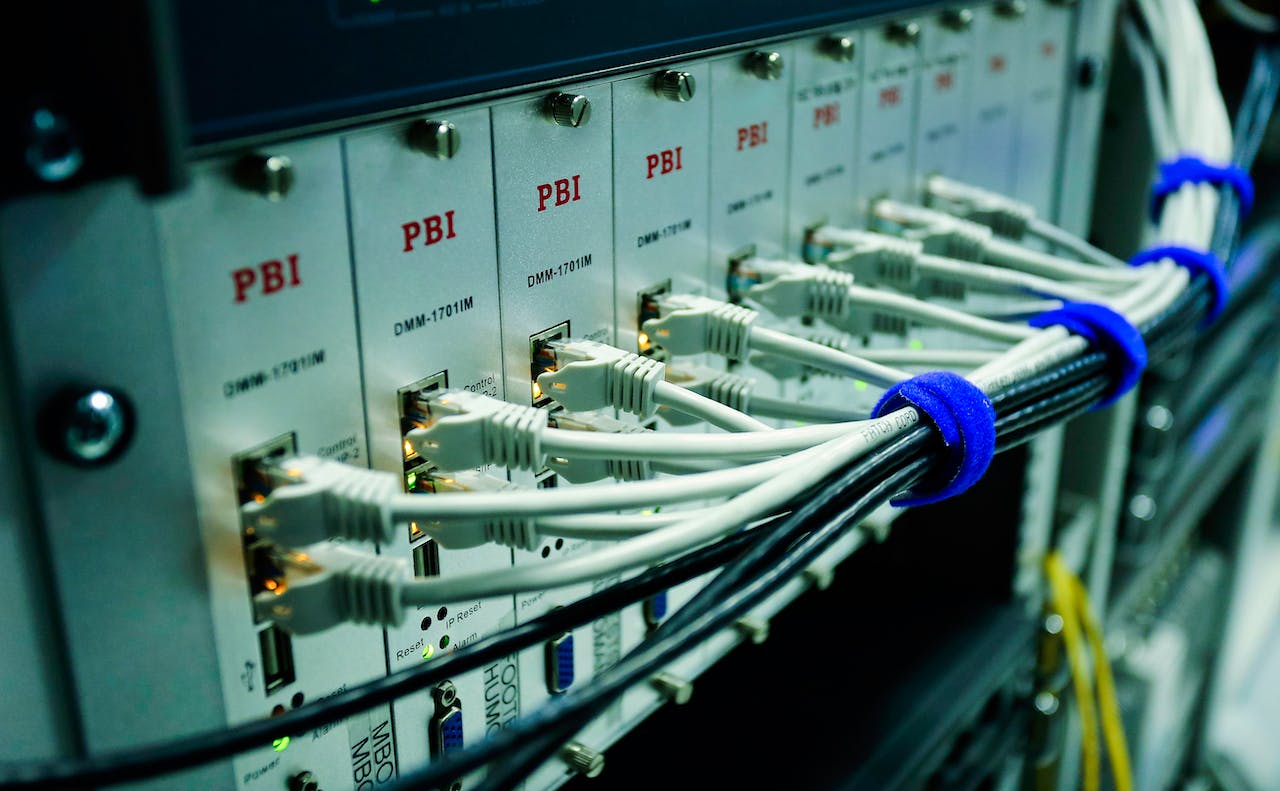Last update at :2024-06-22,Edit by888u
General website programs and projects can basically run on the Linux system. For example, we commonly use PHP+MYSQL program for building websites. Snail still recommends using the one-click WEB installation package or using the panel. However, some netizens prefer to use Windows systems. Although they can be compatible with the installation of PHP, ASP and other program applications, PHP programs are more compatible with Linux systems, and the cost of VPS and servers is still low.
Some user projects and websites do need to run on a Windows system, and that's easy. The Internet is rich in resources, with various free and paid panels and solutions. For most users, especially Chinese webmaster users, they prefer free panels because we have seen too many seniors switch to paid ones. The user base then plummeted. Snail still prefers the idea that basic software is free or open source.
The Pagoda Panel has versions of Linux and Windows systems. The former has a simple experience and sharing in the blog (BT Pagoda Linux Server Management Assistant Sets Up Free VPS Panel Installation and Initial Setup Application). The Windows system has not been shared yet, so I am going to use an Alibaba Cloud server that can install the WIN system to use some of my spare energy before it expires and compile a series of website building tutorials for the WIN system. In the early stage, Snail still relied on the Pagoda Panel, because the official version was relatively good in terms of updates.
First, system preparation
1. System support
Currently, the Pagoda Panel supports Windows 2003(x86)/2008(x64)/2012/2016 systems, so we need to correspond to these versions when installing the system, otherwise it is not compatible with the installation.
2. Configuration requirements
Because the Windows system itself consumes higher resources, the configuration needs to be higher than that of Linux. If we are using it in a production environment, it is recommended that the server where the WIN system is installed needs 1GB or more memory.
Second, download and install Pagoda panel
1. Pagoda panel download
Official website: https://www.bt.cn
Go to the official website to download the latest installation package. Currently, the latest version is version 5.2.
2. Panel installation
Unzip the downloaded installation package, and then double-click to install it. Select the corresponding catalog disk.
In this way, the basic panel is installed, but it cannot be used to build a website normally. The necessary software packages have not been installed, such as PHP, MYSQL, IIS, etc., have not been started.
Third, Pagoda panel initialization setting system
1. Initialize WEB panel
Here we click on the WEB panel in the panel menu, and then see the picture above, initialize the remote link panel, set the path and administrator account. After the settings are completed, we can also open it locally in the URL (ip:888), which will be similar to the Linux interface we see after logging in.
Although it looks friendly, we can't build or add a website yet. We need to configure the required WEB software.
2. Software environment installation
Let’s go back to the main program interface of the Pagoda Panel, and you can see the necessary software in the environment menu. Choose and install it according to whether we need to install PHP, ASP and other programs.
I will not go into the installation in this article. I will use two more articles later to share the deployment and test website building of ASP program software, and the installation and test website building of PHP program software.
Recommended site searches: Wanwang Space, registration-free hosting in mainland China, all-round virtual hosting, virtual hosting evaluation network, how to check IP, second-level domain name application, registration information, site group server, free IP address in mainland China, windows hosting ,








发表评论